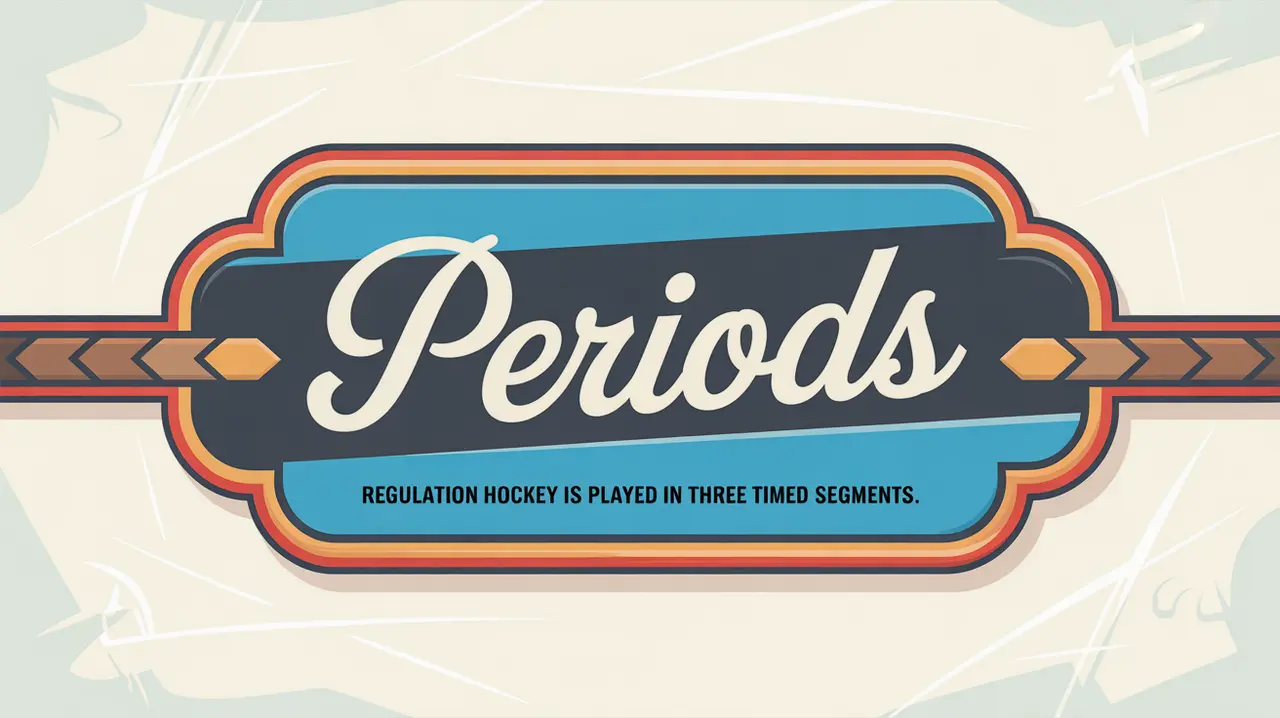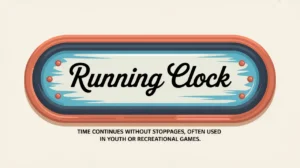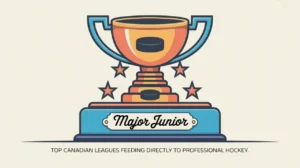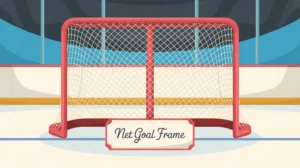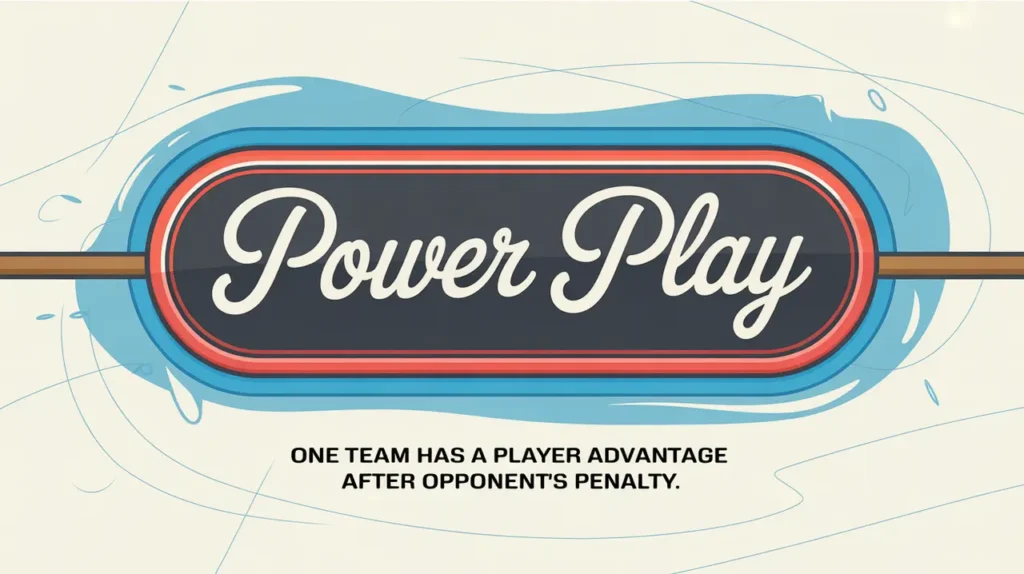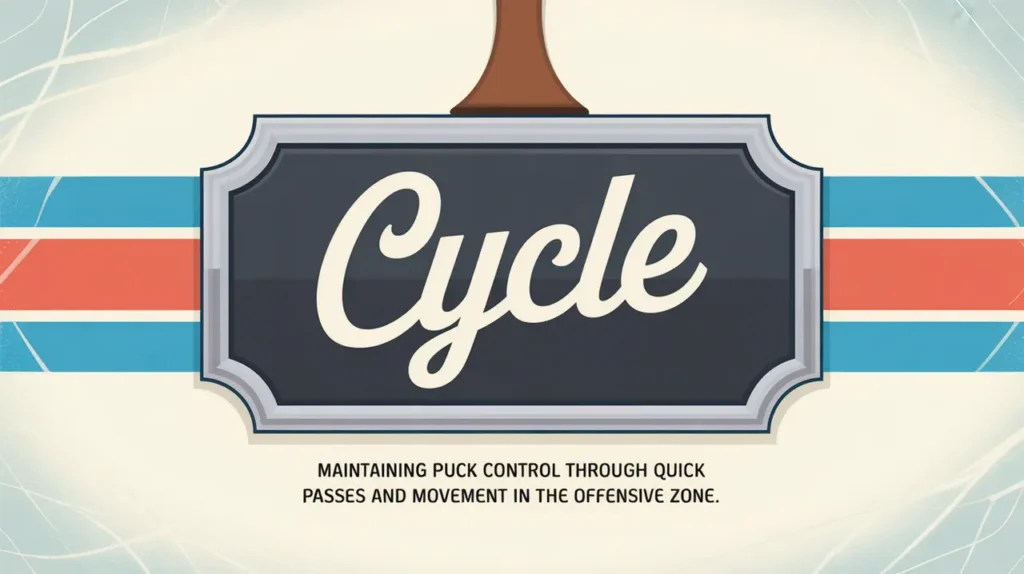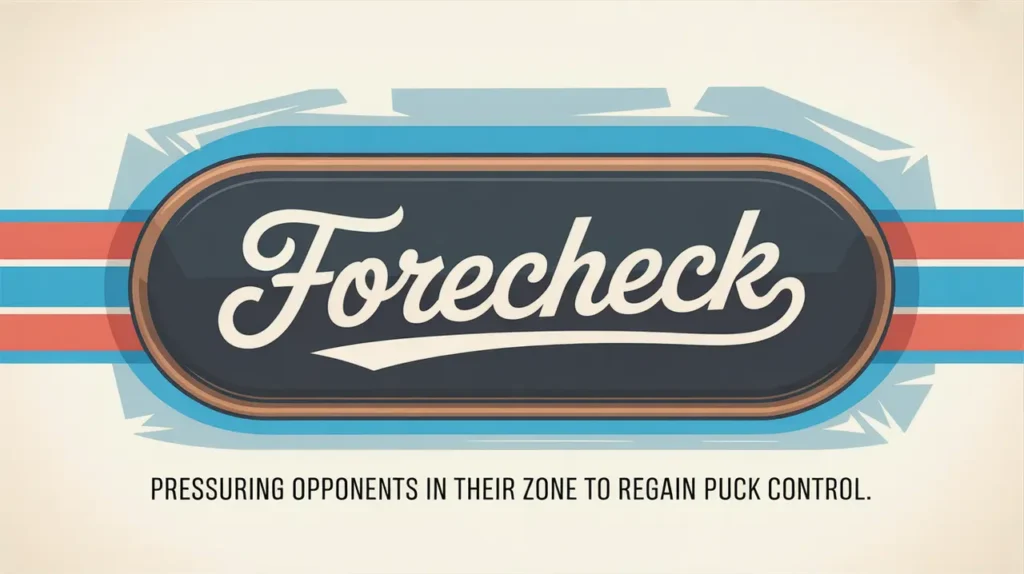Jim’s Intro to Periods
Hi folks, Jim here, the only commentator who once, when asked to explain periods in hockey, began by saying, “Well, there was the time when I couldn’t skate at all. Then there was the stretch when I bought lacrosse gear instead of hockey gear. And of course, the two years when I was banned from the sport for my singing.”
What are periods?
Periods are the three main segments of a standard hockey game, each lasting 20 minutes of stop-time play. They structure the game into distinct phases, allowing for strategy adjustments, rest, and momentum swings. Between each period is a short intermission, giving teams time to regroup before the next round of action.
How does it work?
Periods follow a clear rhythm and structure:
- Three Period Format: Regulation hockey consists of three 20-minute periods.
- Stop-Time Clock: The clock stops for whistles, goals, penalties, and other stoppages, ensuring a full 20 minutes of play.
- Intermissions: Breaks between periods (usually around 15–18 minutes) allow for ice resurfacing, coaching adjustments, and player recovery.
- Switching Ends: Teams change ends after each period, ensuring equal exposure to rink conditions and potential advantages.
- Overtime and Shootouts: If the game is tied after three periods, additional formats determine the winner depending on the league.
- Strategic Flow: Coaches use each period to adjust systems, manage lines, and exploit matchups based on how the game unfolds.
How do you make good decisions with it?
- Pace Yourself Smartly: Teams can’t win the game in the first period, but they can set the tone.
- Use Intermissions Wisely: Recovery and communication during breaks can swing momentum.
- Recognize Period Trends: The first period often sets structure, the second tests endurance with long changes, and the third demands execution under pressure.
- Manage Shifts and Energy: Knowing how periods flow helps players maintain consistent performance.
How do you master it?
Mastering period play is about strategic pacing, adjustments, and focus. Teams develop game plans that adapt over three periods, using early time to establish rhythm, the middle frame to exploit weaknesses, and the final period to lock down results or push for comebacks.
What does it look like when done right?
When a team plays the periods well, the game has structure and flow. Energy is managed efficiently, adjustments hit their mark, and execution peaks when it matters most. Each period feels like part of a bigger plan.
Commentator’s Corner
Jim’s Take
The beauty of three periods is how the game unfolds like a story. Act One sets the scene, Act Two builds the tension, and Act Three decides the hero.
Parent Tip
Watch how teams handle the second period with its long line changes. It’s often the most telling frame of the game.
Player Tip
Treat each period like a new chapter. Reset, refocus, and play with intention every time the puck drops.
A Final Thought
Periods give hockey its rhythm and structure. Teams that manage each one intelligently are the ones still standing strong when the final horn sounds.

